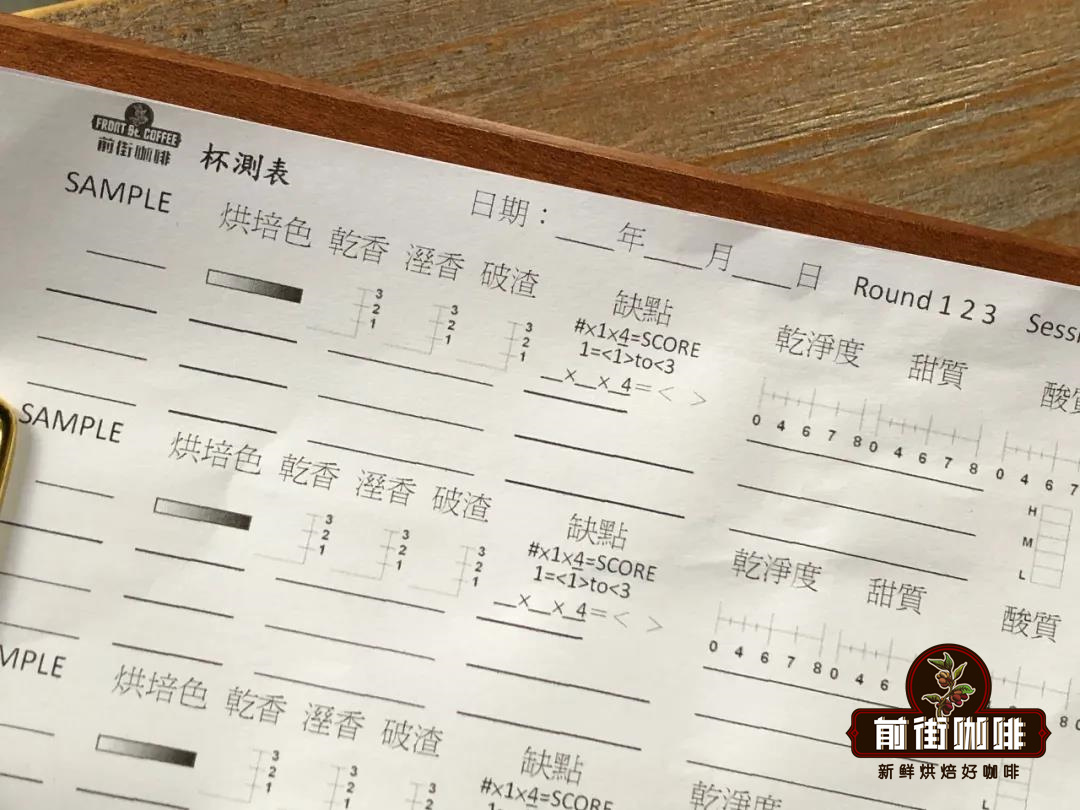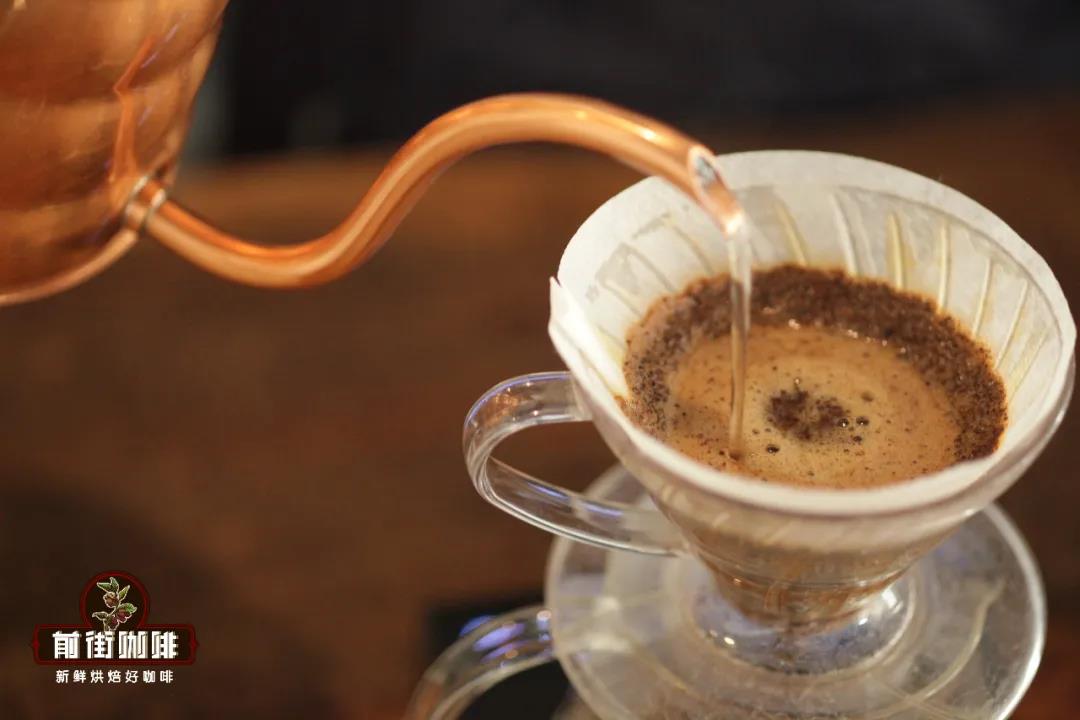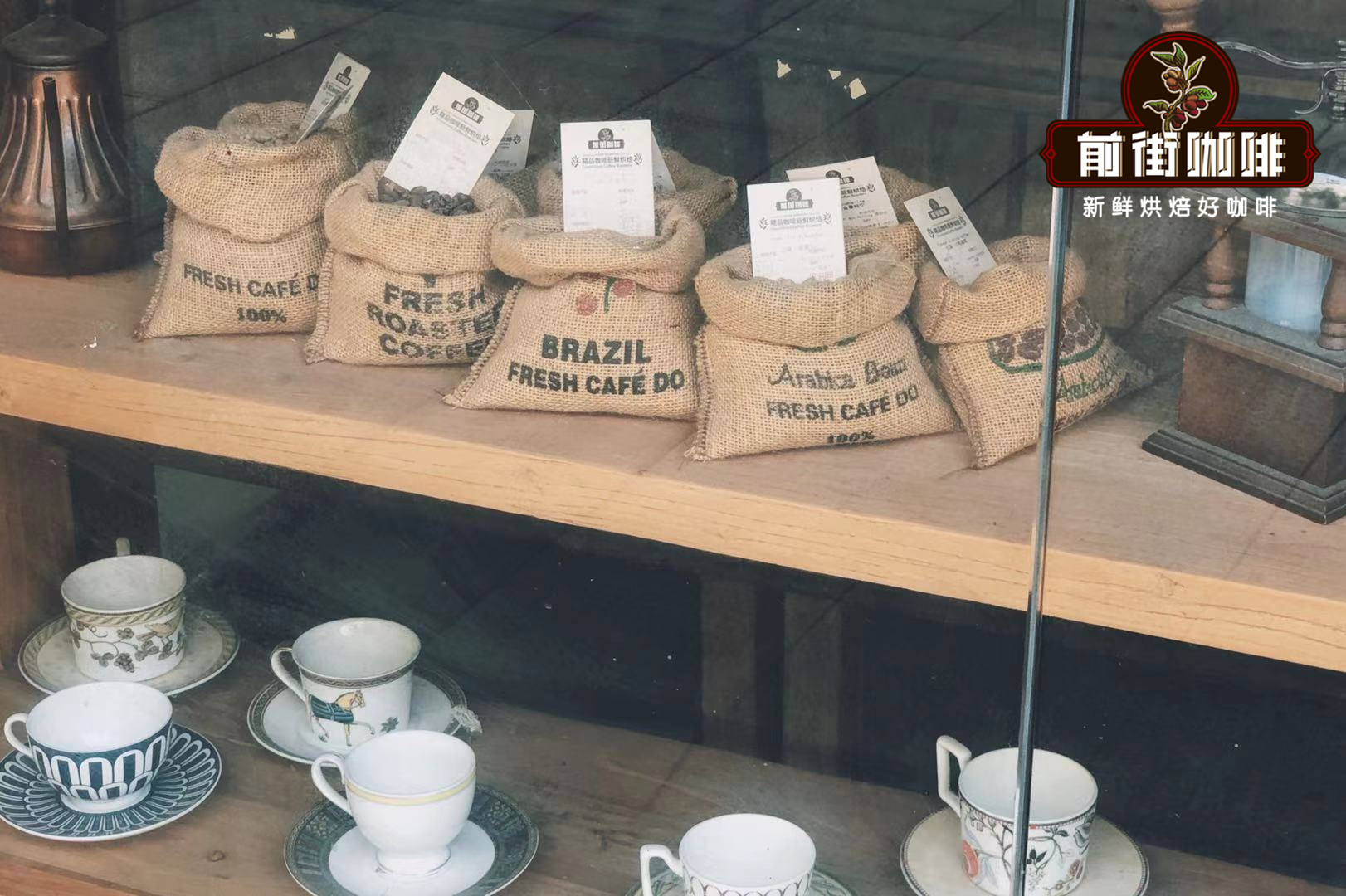What is coffee cleanliness? The definition of coffee cup cleanliness coffee beans roasting precautions
Professional coffee knowledge exchange More coffee bean information Please pay attention to coffee workshop (Weixin Official Accounts cafe_style)
introduction
Front Street baristas measure each coffee bean first not for flavor, but for cleanliness. Cleanliness is the first scoring item in COE Cup test, which shows its importance ~ If cleanliness fails, the following scoring items will also fail.

What does cleanliness mean?
Cleanliness means that there is no unpleasant taste such as miscellaneous smell and astringency. The definition of miscellaneous flavor is that there is no one occupying the main tone, giving people the feeling that it is very messy and unclear. The most common odors are earthy, woody and grassy. The astringency is worth coffee into the mouth when it does not feel smooth, such as: bitter, sour.

Why do you care so much about "cleanliness"?
Let's look at the emergence of cleanliness ratings.
Cleanliness (Clean cup) is a cup of fine coffee is very important evaluation criteria, when the COE cup test standard was introduced, cleanliness as the first important item, because of Brazilian coffee beans. Why not? Let's start with coffee picking in Brazil.
| Brazilian coffee fruit picking
Brazil produces more than 30 million bags (60kg/bag) of coffee beans every year. It is impossible to harvest all the coffee beans by hand. What should we do? Machine harvesting! Because of its flat terrain, Brazil was the first in the world to use machines to harvest coffee fruit, which was efficient and impossible to sift through.

For Brazil, a big producer, coffee fruits are so common that there is no need to spend a lot of manpower and resources to select coffee fruits one by one. In this way, whether the coffee fruit is ripe or not, it will be piled up in a basket and sent to processing. Due to the different maturity of the fruit, each coffee bean has its own idea of taste, resulting in a very mixed taste of coffee.
| Processing of Brazilian coffee beans
After picking, it's time to deal with the problem. Before there was a definition of fine coffee, everyone used sun to dry coffee beans, but unlike today, the sun treatment was simple and rough. If there are conditions, the whole concrete ground, if there are no conditions, the soil ground, and then spread the coffee fruit on the ground, so began to enjoy the "sunshine bath"~

Obviously, the latter is the majority... In this way, the coffee fruit enjoys the "sunshine bath" while absorbing the essence of the land, so the coffee fruit drying process is easy to rot. After all, coffee beans naturally have an earthy taste, known as Rioy, the number one killer of unclean coffee.

Later, in order to solve this problem, the Brazilian Coffee Institute developed a semi-sun treatment method based on the cleaner climate of Brazil. The fruit is peeled and pulped, then exposed to pectin for 3 days, and then machine-dried to 12% moisture content, thus shortening the sun drying time and reducing the chance of coffee beans catching odors.
|defective bean
After processing, it's time to store. Because the treatment is not evenly dried, this also leads to the drying degree of each coffee bean is different, some water content does not meet the requirements of coffee bean storage; or when it is dried, it will rot.

The appearance of rot proves that the coffee fruit is over-fermented, and the peeled coffee beans will also have a sour, rotten taste... Beans that are not dried to the storage requirements are prone to mold during storage or attract insects to eat until they are old.
Although the quality of coffee beans is much better than before, there are still many defective beans. The front street picks the raw beans before baking and picks the cooked beans after baking.
Except when the beans are raw, there are problems.
Baking, freshness, and brewing also affect cleanliness.
| Problems caused by not opening the damper wide enough
Silver skin: coffee beans before entering the yellow point, silver skin will begin to separate from coffee beans, at this time there will be a lot of silver skin and water vapor in the roasting furnace, if not adjusted in time, in the high temperature environment of roasting silver skin combustion produced by fine carbon particles attached to coffee beans, coffee beans bring carbon burning flavor and smoke flavor.

Smoke at the beginning of explosion: coffee beans will produce a lot of smoke at the beginning of explosion. If the damper is not adjusted in time, the coffee beans will absorb the smell of smoke. When entering the second explosion, more and more smoke is produced. If the firepower is not adjusted, the coffee beans will appear abnormally bright, and serious smoke choking smell or even gunpowder smell will be produced.
|Low baking temperature, long baking time
Roasting too low will prolong the roasting time of coffee beans, and even if they are baked at the same temperature, they will also produce some roasted flavor, such as "toast flavor", and the flavor will be weak.
| Braised beans are "too fresh"
For better flavor performance, Front Street recommends 3-4 days for medium-light roasted coffee beans, 5-6 days for medium-dark roasted coffee beans, and 7 days for Italian coffee beans before brewing.

Just roasted coffee beans by high temperature roasting after the internal residual smoke choking taste, drink up the throat will feel very dry. Bean cultivation is to place freshly roasted coffee beans in their original packaging, and wait for the coffee beans to quietly release gas, and the flavor will gradually become mellow.
|Under extraction & over extraction
If the coffee extraction is insufficient, the taste of coffee will appear flat, and even appear sharp taste and green feeling; and excessive extraction will extract a large number of medium and heavy molecular weight flavor substances, woody, smoky taste will cover up the pleasant flavor, coffee taste will also be very bitter.
More fine coffee beans, please add private WeChat Qianjie Coffee, WeChat: kaixinguoguo0925
Important Notice :
前街咖啡 FrontStreet Coffee has moved to new addredd:
FrontStreet Coffee Address: 315,Donghua East Road,GuangZhou
Tel:020 38364473
- Prev

Why is hand-brewed coffee astringent? The roasting degree of coffee beans causes the sour and astringent taste of coffee.
Professional coffee knowledge exchange more coffee bean information please follow the coffee workshop (Wechat official account cafe_style) introduction Han Huaizong teacher once said: "Coffee oil and colloid in the mouth to create a smooth taste, and coffee polyphenol compounds will produce a rough astringency, like a long devil's tail, wild in the mouth, making unpleasant." "if it's in wine,
- Next

Coffee roasting what's the difference between deep-fried coffee and light-fried coffee the characteristics of Japanese-style deep-fried coffee
Professional coffee knowledge exchange more coffee bean consultation Please pay attention to the coffee workshop (Wechat official account cafe_style) the taste of coffee is generally made up of bitter and sour taste, but where do these tastes come from? In addition, why does the balance of bitterness and sour taste change with the degree of baking? Qianjie Coffee believes that the roasting degree of coffee also plays a key role. that
Related
- Beginners will see the "Coffee pull flower" guide!
- What is the difference between ice blog purified milk and ordinary milk coffee?
- Why is the Philippines the largest producer of crops in Liberia?
- For coffee extraction, should the fine powder be retained?
- How does extracted espresso fill pressed powder? How much strength does it take to press the powder?
- How to make jasmine cold extract coffee? Is the jasmine + latte good?
- Will this little toy really make the coffee taste better? How does Lily Drip affect coffee extraction?
- Will the action of slapping the filter cup also affect coffee extraction?
- What's the difference between powder-to-water ratio and powder-to-liquid ratio?
- What is the Ethiopian local species? What does it have to do with Heirloom native species?

